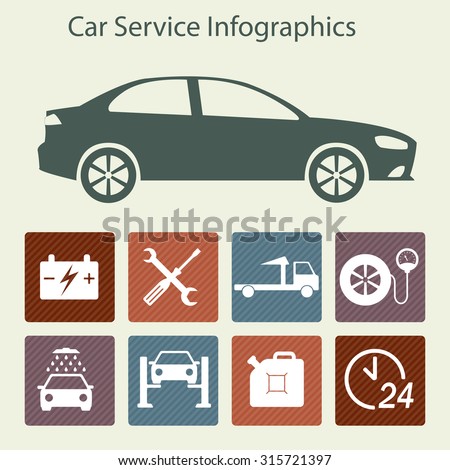A Beginner'S Handbook For Interpreting Your Vehicle'S Alert Lights
A Beginner'S Handbook For Interpreting Your Vehicle'S Alert Lights
Blog Article
Authored By-Ditlevsen Eriksson
When you lag the wheel, those little warning lights on your cars and truck's dashboard can be rather puzzling. What do they imply, and should you be concerned? Comprehending https://gunnernhcwq.bloggactif.com/32194320/picking-the-finest-auto-repair-shop-in-your-vicinity-10-handy-recommendations is important for your car's wellness, but it does not have to be a complicated job. By decoding the enigma behind each light, you'll be outfitted to deal with potential issues successfully and maintain your vehicle running smoothly. So, next time a caution light flashes, don't panic - arm yourself with understanding and take control of the situation.
Significance of Automobile Caution Lights
Recognizing the value of your automobile's caution lights is critical for keeping your vehicle's health and wellness. These lights function as your auto's communication system, notifying you to potential issues that can threaten your safety and security on the road or lead to expensive repair services if disregarded. By paying attention to these cautions, you can address issues early and stop more damage to your automobile.
Ignoring advising lights can lead to serious effects, such as engine failure, brake breakdowns, or perhaps accidents. These lights are created to notify you of issues ranging from reduced tire stress to engine breakdowns, giving you the chance to act prior to the situation intensifies. Regularly examining and understanding these warnings can save you time, cash, and guarantee your safety and security while driving.
In https://transmissionoilchange39516.kylieblog.com/31701303/prepare-for-safer-wintertime-driving-by-adhering-to-essential-actions-to-prepare-your-vehicle-for-winter-season-problems to maintaining you risk-free, reacting without delay to warning lights can also help prolong the life-span of your car. By attending to brake line repair near me on, you can avoid tiny troubles from rising right into major repair work, inevitably conserving you time and money in the future. Keep in mind, your automobile's warning lights are there for a reason - do not overlook them!
Common Warning Lights and Meanings
When it comes to driving your car, being aware of common caution lights and their definitions is essential for your safety and automobile upkeep. Below are a few common warning lights you might run into:
1. ** Check Engine Light **: This light shows a problem with your engine. Maybe something minor like a loosened gas cap or something a lot more major like engine misfiring.
2. ** Battery Light **: This light signals a trouble with your automobile's billing system. It can show a defective battery, alternator, or various other related elements.
3. ** Oil Pressure Light **: When this light comes on, it implies your engine might be running low on oil or experiencing reduced oil stress, which can result in engine damage otherwise resolved quickly.
4. ** Brake System Light **: This light indicates an issue with your braking system. It could indicate reduced brake liquid degrees or an issue with the brake system that needs prompt focus.
Understanding these common warning lights will certainly assist you identify prospective problems early on and avoid even more considerable problems later on.
Just how to Reply To Caution Lighting
In the event that a warning light illuminates on your automobile's dashboard, it's vital to respond promptly and appropriately. When a warning light begins, the first step is to consult your proprietor's guidebook to recognize the particular problem indicated by the light.
Some lights call for immediate focus, while others might indicate a less immediate matter. If the caution light is red or blinking, it's usually an indication of a significant trouble that needs prompt activity. In such instances, it's advisable to pull over securely, turn off the engine, and seek professional aid.
For yellow or orange caution lights, while they may not need prompt attention, it's still vital to attend to the underlying issue promptly to avoid additional damage. Normal maintenance and assessment can help avoid alerting lights from coming on unexpectedly.
Conclusion
Finally, comprehending your car's warning lights is essential for maintaining your car's health and wellness. By consistently examining and responding to these warnings, you can address potential problems early and stop expensive fixings or safety dangers. Bear in mind to consult your owner's manual for details on various caution lights and always take prompt activity for red or flashing lights. Remain aggressive and keep your auto running smoothly!
